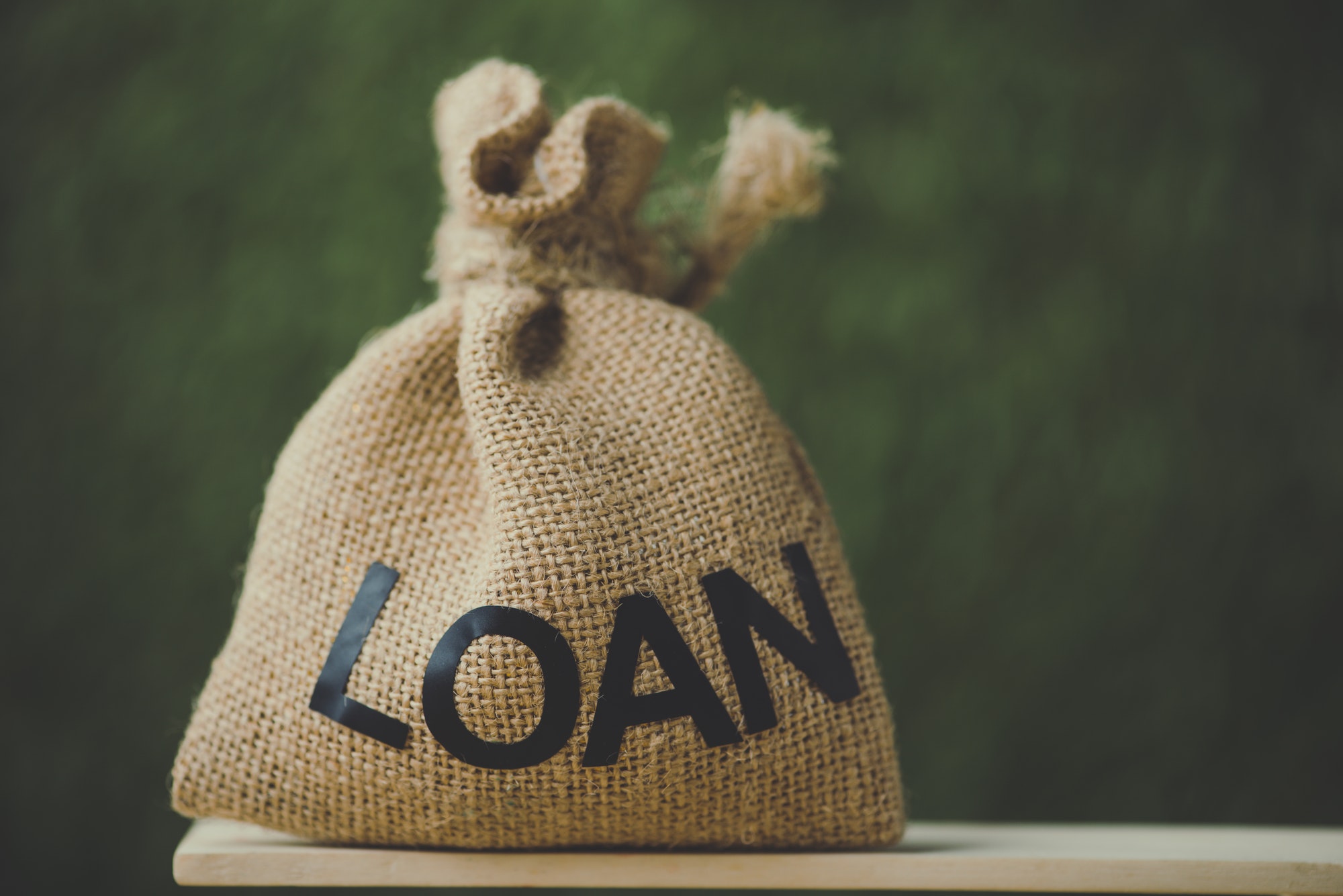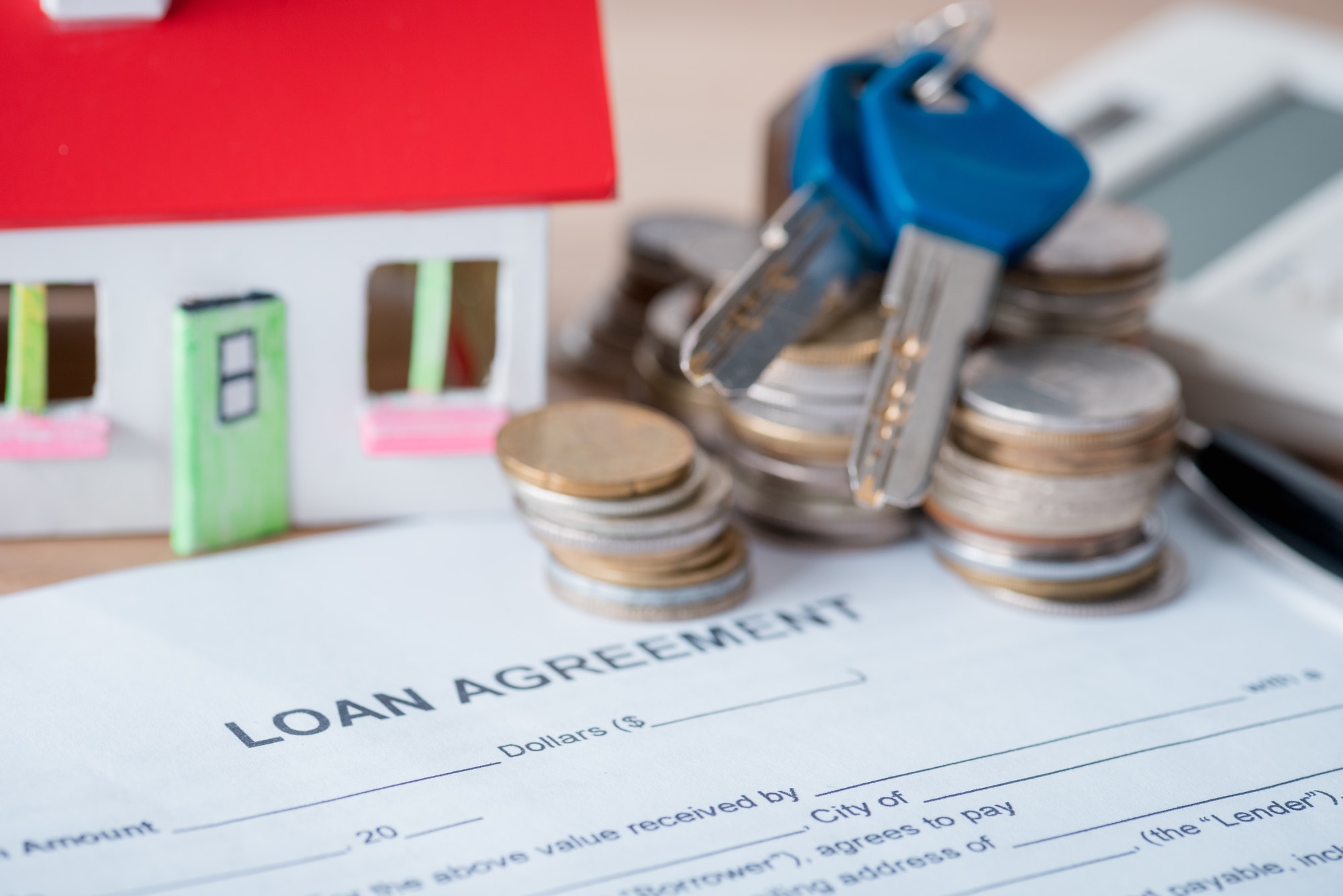Introduction
The FHA 203k Loan in South Dakota is a government-backed mortgage program designed to assist homebuyers in purchasing or refinancing a property that needs repairs or renovations. This loan program is an excellent option for those looking to invest in fixer-uppers or improve their current homes. In this comprehensive guide, we will explore benefits and requirements of FHA 203k loan south dakota and the unique advantages FHA loan south dakota program tailored for property improvements.
How Does It Work?
The FHA 203(k) loan works by allowing borrowers to finance both purchases of the cost of renovations into a single mortgage. Here’s a breakdown of how it typically operates:
- Identifying a Property: Borrowers look for properties that require renovation or repairs.
- Loan Application: Borrowers apply for an FHA 203(k) loan through an approved lender. The application process involves providing details about the property, proposed repairs, and personal financial information.
- Property Appraisal and Inspection: An FHA-approved appraiser assesses the property’s current value and determines its post-renovation value. The appraiser also identifies the necessary repairs and estimates their costs.
- Consultant or Contractor Selection: For standard 203(k) loans, borrowers hire a HUD-approved 203(k) consultant or contractor to create a detailed proposal outlining the scope of work.
- Renovation Process: Borrowers start the renovation or repair work, following the guidelines outlined in the project proposal. The 203(k) consultant or contractor oversees the project, ensuring compliance with FHA standards.
- Mortgage Payments: After the project is complete, borrowers resume making regular mortgage payments, now including the financed renovation costs.
Types of FHA 203k Loans
The FHA 203(k) loan program offers various types of loans tailored to different renovation needs. Here are the main types of FHA 203(k) loans:
1. Standard/Full 203(k) Loan:
- Purpose: Comprehensive loan for major structural repairs, renovations, and remodeling projects.
- Property Eligibility: Suitable for properties in need of significant rehabilitation or those deemed uninhabitable without repairs.
- Loan Limits: The loan amount is determined by the projected value of the property post-renovation and includes the cost of repairs and the home’s purchase price.
2. Limited 203(k) Loan:
- Purpose: Designed for minor, non-structural repairs or improvements, such as cosmetic upgrades, small renovations, or repairs not exceeding $35,000.
- Streamlined Process: Offers a simpler application and approval process compared to the Standard 203(k) loan, with fewer documentation requirements.
- Property Eligibility: Suitable for properties requiring less extensive renovation work and for borrowers seeking a more straightforward loan option.
3. FHA 203(k) Refinance Loan:
- Purpose: Allows existing homeowners to refinance their current mortgage and include funds for home improvements or repairs in the new loan.
- Eligibility: Borrowers must meet standard FHA loan requirements and can use this option to leverage their equity for renovations.
4. FHA 203(k) Streamline Refinance:
- Purpose: Similar to the Limited 203(k) loan, this option allows homeowners with existing FHA mortgages to refinance and include funds for minor repairs or improvements.
- Simplified Process: Intended for borrowers seeking a straightforward refinance option for minor upgrades without a full-fledged renovation.
5. Energy Efficient Mortgage (EEM) 203(k):
- Purpose: Encourages energy-efficient upgrades by incorporating the cost of energy-saving improvements into the FHA 203(k) loan.
- Eligible Improvements: Covers expenses for upgrades such as HVAC systems, insulation, windows, and other energy-saving enhancements.
Navigating the FHA 203k Loan Process in South Dakota
Here are additional unique points covering the FHA 203k loan process in South Dakota:
1. Local Expertise in South Dakota:
- Seeking advice from South Dakota-based lenders for specialized guidance in navigating the FHA 203k loan process.
- Utilizing knowledge of local market conditions, permitting regulations, and construction standards specific to South Dakota.
2. Property Evaluation Strategies:
- Assessing properties in compliance with South Dakota regulations, accounting for regional climate considerations and local building codes.
- Engaging consultants with expertise in South Dakota’s construction practices for accurate property evaluation.
3. Contractor Collaboration Emphasis:
- Partnering with locally licensed contractors experienced in South Dakota renovations, ensuring familiarity with FHA guidelines and state-specific regulations.
- Selecting contractors with knowledge of South Dakota’s weather conditions for durable and weather-appropriate renovations.
4. Renovation Planning for South Dakota:
- Strategizing renovations aligned with South Dakota’s climate challenges and cost-effective construction methods.
- Emphasizing energy-efficient upgrades suitable for South Dakota’s varying climate conditions to reduce long-term utility expenses.
5. Community Impact and Neighborhood Improvement:
- Understanding the local community dynamics in South Dakota and contributing to the improvement and revitalization efforts through property renovations.
- Recognizing the value of FHA 203k loans in enhancing neighborhoods and preserving the architectural heritage specific to South Dakota regions.
6. Leveraging South Dakota’s Resources:
- Utilizing local real estate associations, community-based organizations, or government initiatives offering guidance tailored to FHA loans and renovation procedures in the state.
- Accessing state-specific resources aids in understanding FHA loan regulations and facilitating a smoother loan process.
7. Energy Efficiency and Weather Resilience in South Dakota:
- Prioritizing renovations focused on weather-resistant materials and energy-efficient installations, such as insulation and weather sealing, considering South Dakota’s extreme weather patterns.
- Adhering to local recommendations for sustainable and climate-appropriate renovations, enhancing property durability in South Dakota’s environment.
Benefits of FHA 203(k) Loans
- Streamlined Financing: The FHA 203k loan consolidates the cost of purchasing a home and renovating it into a single mortgage. This streamlines the financing process and simplifies payments.
- Flexible Credit Requirements: Compared to conventional loans, FHA loans often have more credit score requirements. This allows individuals with lower credit scores to qualify for the loan.
- Accessibility for Fixer-Uppers: Properties in need of repairs or renovations often come at lower prices. The FHA 203k loan provides an opportunity to purchase these fixer-upper homes, make necessary improvements, and increase their value.
- Financial Assistance for Renovations: The loan allocates funds specifically for renovation and repair costs. This financial support allows borrowers to undertake extensive renovations that might otherwise be financially challenging.
- Increased Property Value: Renovations funded by the FHA 203k loan can significantly enhance the property’s value. This benefits homeowners by potentially increasing equity and resale value.
- Stimulates Neighborhood Revitalization: By encouraging investment in properties that need renovation, the FHA 203k loan contributes to the revitalization of neighborhoods in South Dakota, improving the overall aesthetics and property values.
South Dakota Guide to FHA 203k Loans
Here some key points to consider regarding FHA 203k loans in South Dakota:
- Loan Types: Highlight the differences between Standard and Limited 203k loans, emphasizing which renovation projects each option suits best.
- Local Regulations: Stress the importance of understanding South Dakota’s specific building codes, climate considerations, and renovation permits.
- Expert Consultation: Encourage seeking advice from South Dakota-based consultants or contractors well-versed in FHA guidelines and state-specific regulations.
- Renovation Scope: Discuss the range of renovations eligible for FHA 203k loans and how they can cater to diverse housing needs in South Dakota.
- Community Impact: Illustrate how these loans contribute to revitalizing neighborhoods, preserving local aesthetics, and improving property values.
- Weather Resilience: Emphasize the significance of weather-appropriate renovations and energy-efficient upgrades in South Dakota’s climate.
- Collaboration: Highlight the benefits of partnering with local lenders experienced in FHA loans and contractors familiar with the region’s construction standards.
- Compliance and Documentation: Stress the need for meticulous record-keeping and adherence to FHA guidelines to ensure successful loan approval.
- Neighborhood Preservation: Discuss how FHA 203k loans aid in maintaining and renovating South Dakota’s diverse architectural heritage.
The Ins and Outs of FHA Loans in South Dakota
Here are some key points to consider when exploring FHA loans in South Dakota:
- Accessibility: FHA loans offer more accessible paths to homeownership for South Dakota residents, especially for first-time buyers or those with limited funds.
- Down Payment: With down payments as low as 3.5%, FHA loans ease the financial burden on South Dakota buyers, compared to conventional loans that often require higher down payments.
- Credit Flexibility: FHA loans accommodate individuals in South Dakota with lower credit scores, providing opportunities for homeownership that might be challenging with conventional loans.
- Mortgage Insurance: The requirement for mortgage insurance premiums (MIP) affects South Dakota residents’ overall cost of borrowing, impacting affordability over the loan term.
- Property Eligibility: FHA loans mandate properties to meet certain safety and structural standards, influencing the selection of eligible homes in South Dakota.
- Local Lender Expertise: Collaborating with FHA-approved lenders in South Dakota ensures guidance tailored to the state’s housing market and helps navigate FHA loan requirements effectively.
- Comparative Analysis: Understanding the differences between FHA loans and conventional loans in South Dakota assists in evaluating eligibility, down payment requirements, and overall loan expenses.
- Government Backing: FHA loans are government-backed, offering assurance to lenders and borrowers alike, providing a level of security in the borrowing process for South Dakota residents.
- Support for First-Time Buyers: FHA loans play a crucial role in supporting first-time buyers in South Dakota, providing avenues into the housing market that might otherwise be challenging.
Conclusion
The FHA 203k Loan and FHA Loans in South Dakota offer compelling opportunities for prospective homeowners and those seeking property renovations. Specifically designed to support various renovation needs, the FHA 203k program caters to both minor upgrades and comprehensive structural repairs. The flexibility it provides extends to refinancing options for current homeowners seeking to improve their properties.
Navigating the FHA 203k Loan process in South Dakota requires a nuanced approach. Emphasizing local expertise, property evaluation strategies specific to the region, contractor collaboration, and renovation planning are crucial for success. Considerations related to community impact, leveraging local resources, and prioritizing weather resilience and energy efficiency are integral parts of this process.
FAQ
1. What is an FHA loan?
- The FHA loan is a form of mortgage that receives the backing of the Federal Housing Administration, a government agency that functions under the U.S. Department of Housing. The loan is intended to assist individuals, particularly first-time homebuyers, in obtaining funding for their homes with less stringent credit requirements and payment alternatives than traditional loans.
2. What are the advantages of an FHA loan?
- Government backing: FHA loans are backed by the government, providing lenders with more security, which can sometimes lead to more favorable terms for borrowers.
- Streamlined refinancing options: FHA loans offer options for refinancing, including the FHA Streamline Refinance program.
3. What is mortgage insurance premium (MIP) for FHA loans?
- Mortgage insurance premium (MIP) is a fee required for FHA loans. It consists of an upfront premium paid at closing and an annual premium paid monthly. MIP serves as insurance for the lender against borrower default. The annual premium is paid for the life of the loan for down payments of less than 10%, while it can be canceled after 11 years for higher down payments.
4. Can FHA loans be used for home renovations?
- Yes, the FHA 203(k) loan program allows to finance both the purchase or refinance of necessary renovations or repairs into a single mortgage. It offers two options: the Standard 203(k) for more extensive renovations and the Limited 203(k) for smaller-scale improvements.
Visit RateChecker to get free mortgage quotes!
Generated with WriterX.ai — best AI tools for content creation


